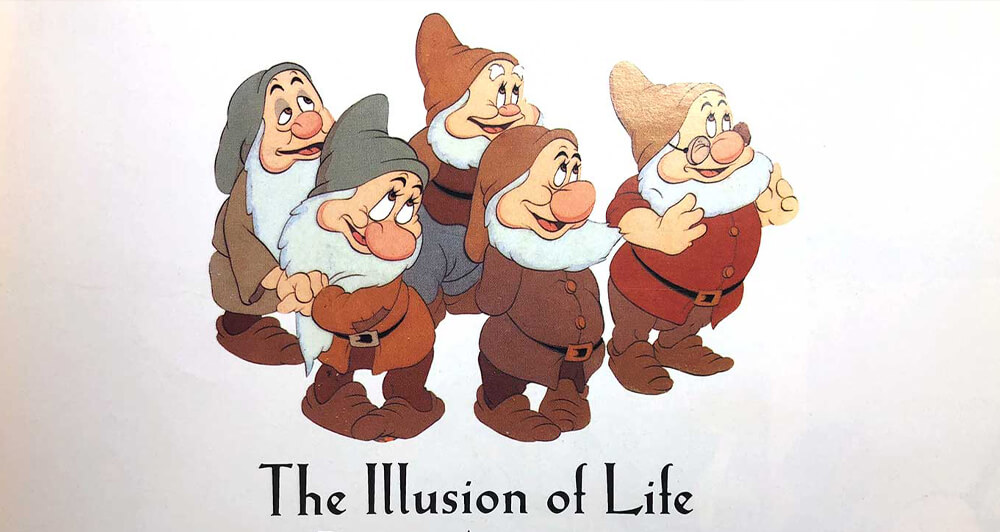It was Disney who first invented 12 basic principles of animation. Every Animator must know the function of each of these principles. They were made to make the animation exciting and more appealing. Every animation is an amalgamation of these rules in several compositions. Every animator follows these rules as they form the basics of animation. Let's ponder upon them,
Squash and stretch
It is one of the essential rules. This rule helps the character illuminate facial animation. It provides the object with elasticity, mass, flexibility, and strength. It is the most critical rule of animation.

Anticipation
Every motion right before an activity is anticipation. This rule prepares the character for the prevailing action. It creates a sense of curiosity in the mind of the viewers.

Staging
Everything that helps the character achieve the desired emotion falls under staging. The lights, camera angle, sound effects, color variations, etc., are part of this rule.

Straight ahead action and pose to pose
This rule helps the viewer visualize the entire story by depicting the same frame again and again with minor changes. Overall, nothing much changes in the whole structure, but the story is conveyed across.

Follow through and overlapping action
This is practiced when the scene has taken a halt, but the objects are yet in motion. In other words, not everything comes to a stop simultaneously.

Slow in and slow out
The name itself is a description. When a scene is sped up or slowed down than the normal speed, it is called slow in or slow out. An object from the entire set could also be given this effect.

Arc
Often, not all actions by the characters are in a straight line. The creators observe this rule when a character circular motions like slapping or arcing.

Secondary action
This rule applies when another action simultaneously complements the main act. It may not be a very prominent action. The scene is not affected by the absence of this action.
Timing
This resonates with the number of frames provided to depict one single scene. The lesser the number of frames used, the crispier would be the entire action.

Exaggeration
With the help of exaggeration, we can instigate a greater sense of emotion in the viewers' minds. It is the most special rule as the visualizer can convey the desired feeling.

Solid drawing
Playing with shapes and shadows is what all this rule is about. Minimal figures are used to enact the entire set without much motion. It is a popular choice when it comes to tiny teasers.

Appeal
The facial expressions, the fashion style, interior decoration, cars, vacation spots, basically everything that builds an appeal in the audience's mind, falls under appeal.
Now that you have an overview of all the base principles of animation, all that is left is to understand their application. Huerus can help you understand these rules in their proper aspect and make the application of them easier for you. Choose huerus and learn from the experts of the industry.

